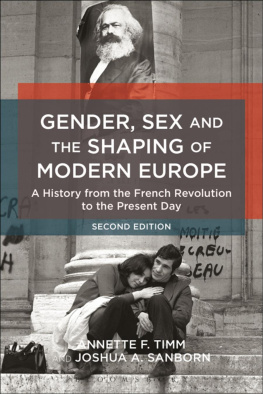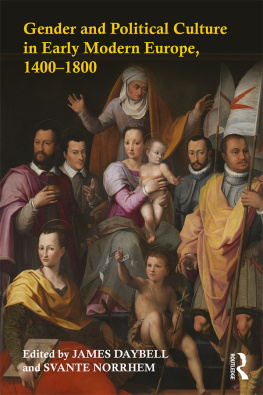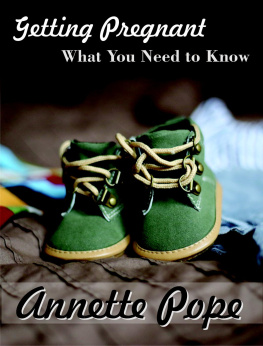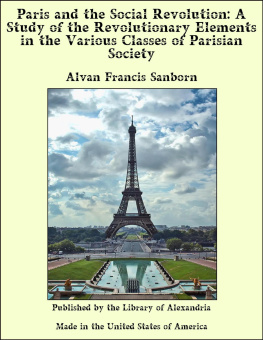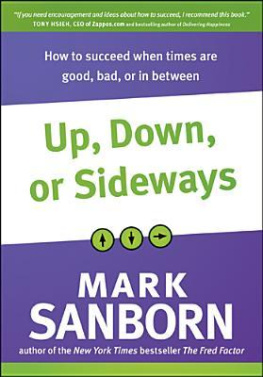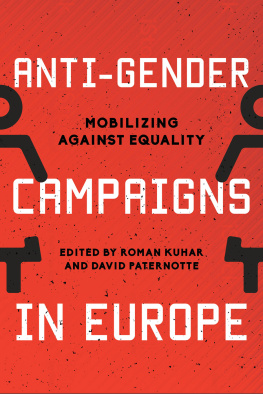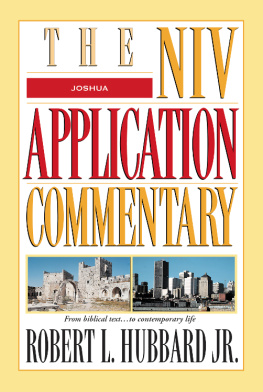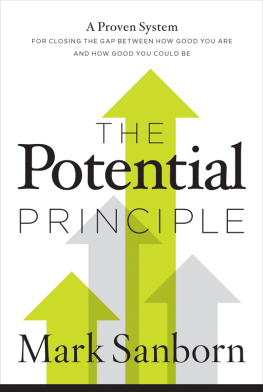Annette F. Timm and Joshua A. Sanborn - Gender, Sex and the Shaping of Modern Europe
Here you can read online Annette F. Timm and Joshua A. Sanborn - Gender, Sex and the Shaping of Modern Europe full text of the book (entire story) in english for free. Download pdf and epub, get meaning, cover and reviews about this ebook. year: 2019, publisher: Bloomsbury, genre: Home and family. Description of the work, (preface) as well as reviews are available. Best literature library LitArk.com created for fans of good reading and offers a wide selection of genres:
Romance novel
Science fiction
Adventure
Detective
Science
History
Home and family
Prose
Art
Politics
Computer
Non-fiction
Religion
Business
Children
Humor
Choose a favorite category and find really read worthwhile books. Enjoy immersion in the world of imagination, feel the emotions of the characters or learn something new for yourself, make an fascinating discovery.
- Book:Gender, Sex and the Shaping of Modern Europe
- Author:
- Publisher:Bloomsbury
- Genre:
- Year:2019
- Rating:5 / 5
- Favourites:Add to favourites
- Your mark:
- 100
- 1
- 2
- 3
- 4
- 5
Gender, Sex and the Shaping of Modern Europe: summary, description and annotation
We offer to read an annotation, description, summary or preface (depends on what the author of the book "Gender, Sex and the Shaping of Modern Europe" wrote himself). If you haven't found the necessary information about the book — write in the comments, we will try to find it.
Gender, Sex and the Shaping of Modern Europe — read online for free the complete book (whole text) full work
Below is the text of the book, divided by pages. System saving the place of the last page read, allows you to conveniently read the book "Gender, Sex and the Shaping of Modern Europe" online for free, without having to search again every time where you left off. Put a bookmark, and you can go to the page where you finished reading at any time.
Font size:
Interval:
Bookmark:
GENDER, SEX AND THE SHAPING
OF MODERN EUROPE

GENDER, SEX AND THE SHAPING
OF MODERN EUROPE

A HISTORY FROM THE FRENCH
REVOLUTION TO THE PRESENT DAY
SECOND EDITION
Annette F. Timm and Joshua A. Sanborn
Bloomsbury Academic
An imprint of Bloomsbury Publishing Plc



Almost a decade has passed since the publication of the first edition of Gender, Sex and the Shaping of Modern Europe. These years have seen continued social change in the direction that we hinted at in the concluding passages of that first book, in some areas (particularly gay rights) far more change than we could have ever imagined. The field of gender history has continued to see healthy growth with the publication of a very large number of books on Europeans experiences as gendered and sexual citizens in the twentieth century and beyond. We felt that it was time to provide an update, incorporating at least some of this excellent new scholarship and making sure that our pronouncements about Europe today had kept up with these political, social, cultural and legal changes. An entirely new sixth chapter now takes the narrative into the twenty-first century and up to the present. In the process of updating, we also corrected many small errors and omissions, though as with the first edition we make no pretentions to being entirely comprehensive.
We were encouraged to undertake this second edition by the positive response to the first. The book has been successfully assigned in courses across the world, and we were pleased by the fact that our colleagues have recognized it as original and stimulating. We were thrilled, for instance, to be invited to take part in a workshop discussing the past and future of gendered approaches to European history under the auspices of one of the French National Research Agencys Laboratories of Excellence LABEX AXE 6: Une histoire genre de lEurope (Axis 6: A gendered history of Europe) in June 2013. These intense discussions made clear that our insistence on integrating the history of sexuality into the history of gender did not sit well with some of the pioneers of womens and gender history. But we have become more convinced of this than ever. Recent eruptions of controversy about sexual violence on university campuses, about the proliferation of violent pornography on the Internet, about sexual threats to women with a high degree of online visibility and about sexist verbal abuse of female and gay athletes have made it clear that few victories for gender rights can be won without attention to the ways that sex can be used as a weapon in public debate. As advocates of equal rights seek to understand this latest wave of resistance to treating all people with respect and dignity, another look at how we got to where we are seems in order.
In preparing this second edition, we remain aware of the debt we owe to those who helped us with the first. We would like to thank Rhodri Mogford at Bloomsbury for suggesting this second edition and for guiding it through the process of revision with patience and encouragement. He also solicited several excellent reader reviews, which provided us with thought-provoking and challenging feedback on both our proposal for this new edition and its revision. We fear that we have not entirely lived up to the hopes of these scholars, who spoke to us in direct and convincing ways about how they have used our book in their teaching, but we are extremely grateful for the time they took to help us correct at least some of our errors and omissions. In addition, we would like to thank Shawn Brackett and Christine Shanahan, who helped us to prepare the updated bibliography, and Mikkel Dack and John Woitkowitz, who helped compile the suggested readings and found many of the newly included images. Philippa Hetherington graciously sent us a copy of her dissertation when we were rushing to meet our deadline. And, finally, we again thank our families. Our spouses, Scott Anderson and Kimberly Babcock Sanborn, have been unfailingly supportive, and our children, Madeleine Sarah Timm Anderson, Clayton Babcock Sanborn and Grace Babcock Sanborn, remain our inspiration.

The authors of this book met as graduate students in a seminar on gender history at the University of Chicago. An incident in that course guaranteed that we continued to remember each other, despite our differences in speciality and our various postgraduation wanderings. One steamy day in late spring, what had been a collegial, interdisciplinary atmosphere erupted into a dispute between students in the class about whether scholars could ever break free of their own gender and racial backgrounds and become thoughtful critics of others with different backgrounds. The debate quickly turned personal. Pointed questions were raised about the extent to which men could or should participate in certain areas of class discussion (and indeed in the class itself) and whether white, middle-class women and men could or should critique positions taken by women of colour. Both of us left that seminar with scars. The details of the incident are unimportant, and our memories of it differ. But the experience left a lasting impression of what it means to be an apprentice in a fledgling field fraught with political and personal tensions. It was no accident that emotions exploded on a day when the assigned readings dealt with extremely personal stories of gender and racial oppression. The politics and emotions of the present intertwined with these stories of the past, and the question of who had the right to speak for oppressed minorities provoked angst and indignation. The dispute revealed that the ground rules of studying gender in a scholarly way were not entirely clear to any of us. We were acutely aware that the older categories of womens history and womens studies were being challenged and revised. We were also aware that new perspectives from cultural history, the history and theory of race, post-colonial theory and theories about masculinity should inform our understanding of gender. But at least for the two of us, the explosion of that day proved that numerous scholarly currents had collided around the term gender and that establishing our own identities as scholars would involve a very careful balancing act.
Scholarly discussions about the meaning of gender continue, of course. But the participants in that graduate seminar have gone on to employ gender as a category of analysis (Joan Scott) with self-confidence and the support of a burgeoning theoretical and empirical body of literature. It is a category that we can, for the most part, take for granted in our daily lives as researchers. There are, of course, still theoretical disputes about how gender should be approached historically. But there is also a vibrant, interdisciplinary and international community of scholars, which has developed a common language of scholarly reference points. While there is certainly still resistance from some quarters one hears the grumbling in the hallways at large multi-speciality and regional history conferences about how the trendy panels have pushed out traditional subjects historians who do gender can generally rely on a respectful reception from the larger discipline. But being tolerated and having found comfortable niches are not quite the same thing as having been entirely integrated into the master narratives of our respective historical sub-disciplines. Most of us have developed scholarly identities based primarily on our geographic specialities, and we are comfortable in these academic homes. But scholars trained in gender theory and research methods can still find themselves frustrated by a lack of understanding in the larger historical discipline about what doing gender actually means.
Next pageFont size:
Interval:
Bookmark:
Similar books «Gender, Sex and the Shaping of Modern Europe»
Look at similar books to Gender, Sex and the Shaping of Modern Europe. We have selected literature similar in name and meaning in the hope of providing readers with more options to find new, interesting, not yet read works.
Discussion, reviews of the book Gender, Sex and the Shaping of Modern Europe and just readers' own opinions. Leave your comments, write what you think about the work, its meaning or the main characters. Specify what exactly you liked and what you didn't like, and why you think so.

